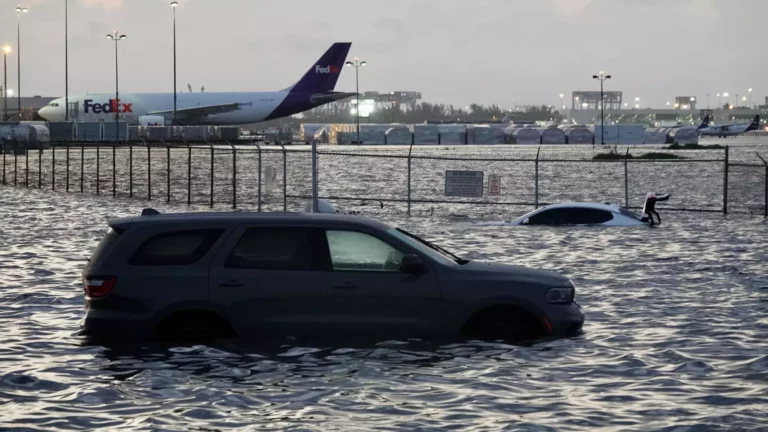The Mortgage Meltdown: 7 Shocking Statistics Highlighting a Crisis at 7.1%

In a shocking turn of events, the average rate on the ever-popular 30-year fixed mortgage has surged to a staggering 7.1%, marking a significant 13 basis point rise just last Friday. This isn’t merely another statistic; it’s a wake-up call about the precarious state of the housing market. For context, this is the highest rate witnessed since mid-February, underscoring the frantic volatility that has characterized this week alone. The prevailing economic climate is undeniably tumultuous, influenced heavily by government actions like President Trump’s recent tariff maneuverings. Coming at a time when millions are contemplating their futures in a home—often the most substantial investment of their lives—this spike in mortgage rates spells trouble.
The Bond Market’s Role in the Chaos
When examining the underlying causes of rising mortgage rates, one cannot ignore the bond market. Mortgage rates closely correlate with the yield on the 10-year Treasury bond, which has seen erratic fluctuations, exacerbated by tariff announcements and market sentiments regarding inflation. It is ill-advised to downplay the impact of inflation on consumer sentiment; indeed, the mood of the populace is decidedly pessimistic. As one expert noted, we may be witnessing the worst week for 10-year yields since 1981. What does this indicate? Not only a raised eyebrow towards past economic stability but a pressing concern for those who have felt shielded from harsh realities for decades.
What Consumers Really Feel
The consumer sentiment report released recently is another grim indicator, revealing a sharp drop that far exceeded expectations. A significant jump in anticipated inflation, soaring from 5% in March to 6.7% in April—the highest rate recorded since 1981—has left consumers scrambling. While some may view homeownership as an opportunity, the harsh reality for many is that the prospect of buying a home in this elevated interest rate environment feels increasingly out of reach. Nancy Lazar, chief global economist at Piper Sandler, boldly remarked that “consumers certainly concerned about the job market” might just gloss over housing altogether in such uncertain conditions. This represents a shift in priorities fueled by fear—fear of economic instability, fear of being unable to afford a home, and fear of making the wrong investment.
The Reality Check for Homebuyers
With mortgage rates climbing and inflation rearing its ugly head, home buyers currently face a tumultuous landscape. The spring housing market, typically a peak season, is overshadowed by rising costs, discouraging potential buyers. Many would-be homeowners may find themselves sidelined, grappling with the dual pressures of unaffordable interest rates and shaky job security. This isn’t just a collective anxiety; it’s a personal crisis for countless families aspiring to invest in their future.
The reality is stark: unless economic conditions evolve dramatically, many individuals seeking to enter the real estate market may be forced to rethink their objectives or delay significant life decisions. This chaos—this economic maelstrom—is indicative of a larger systemic issue that calls for a serious appraisal and reevaluation of financial strategies moving forward.





